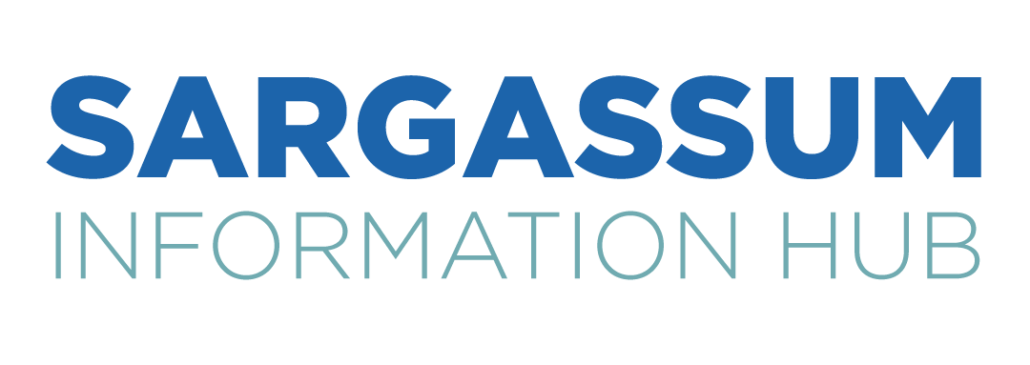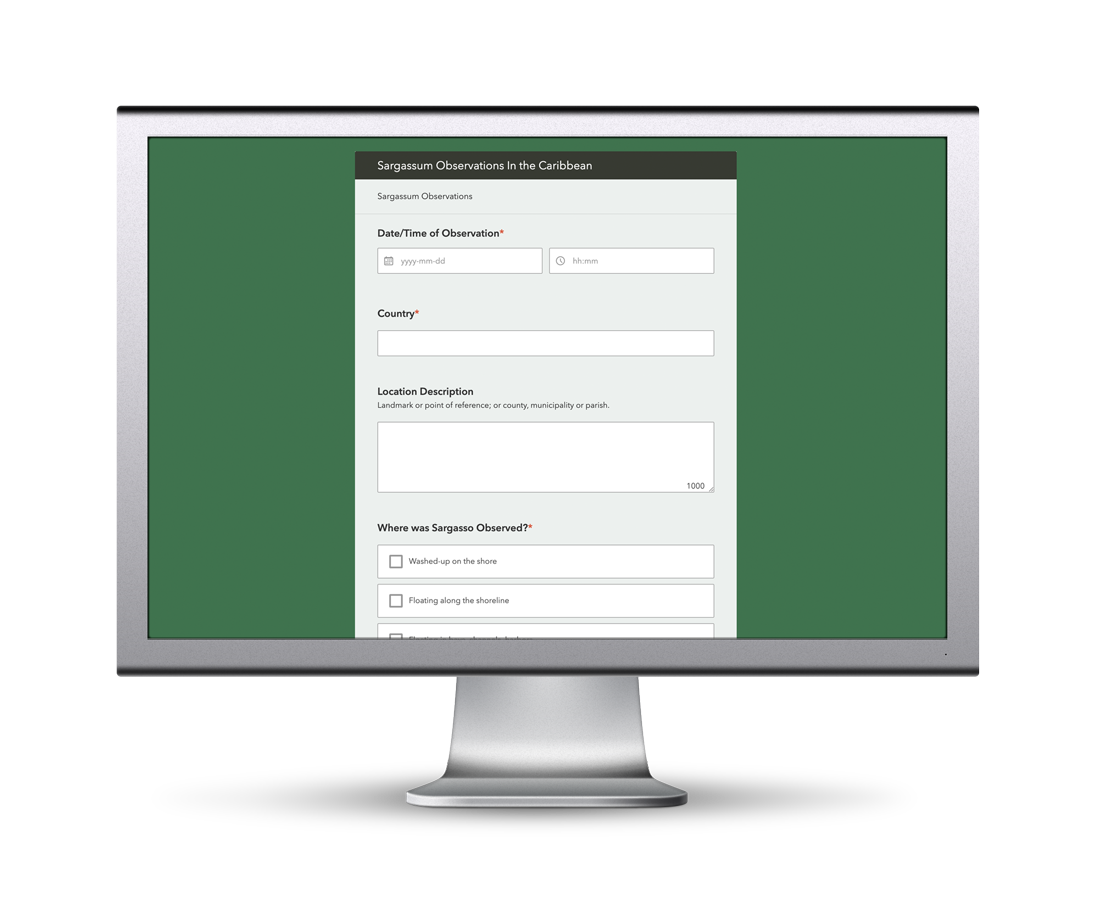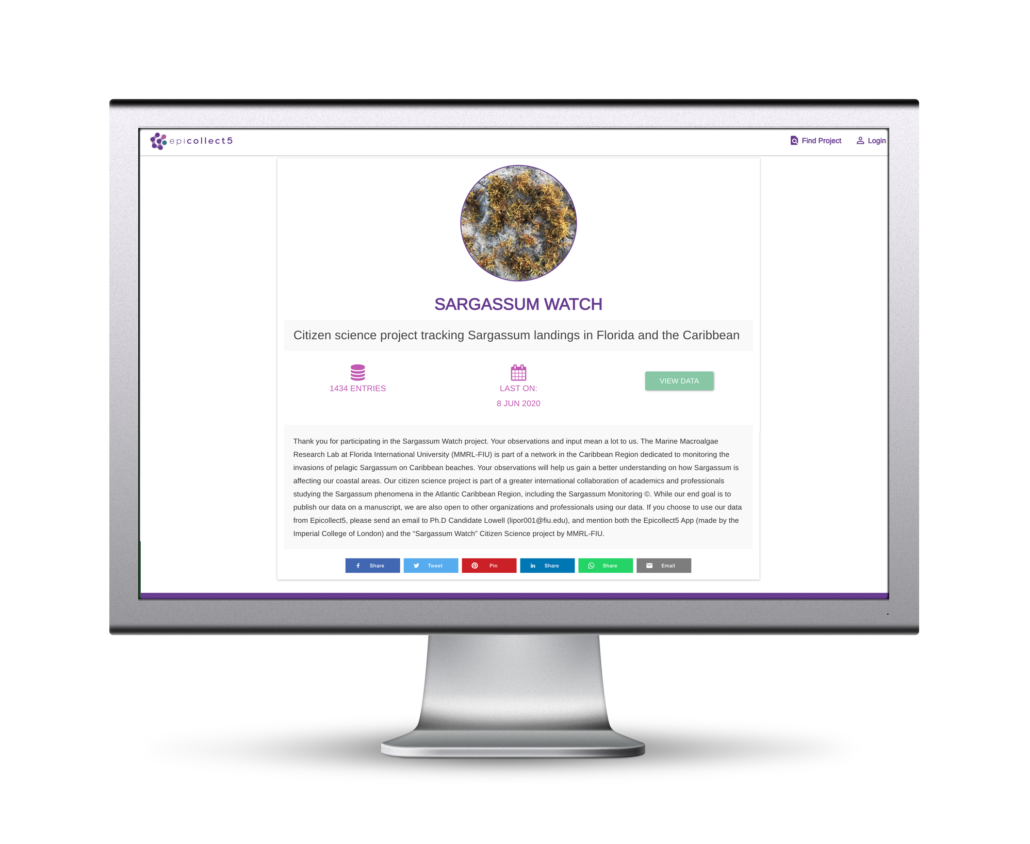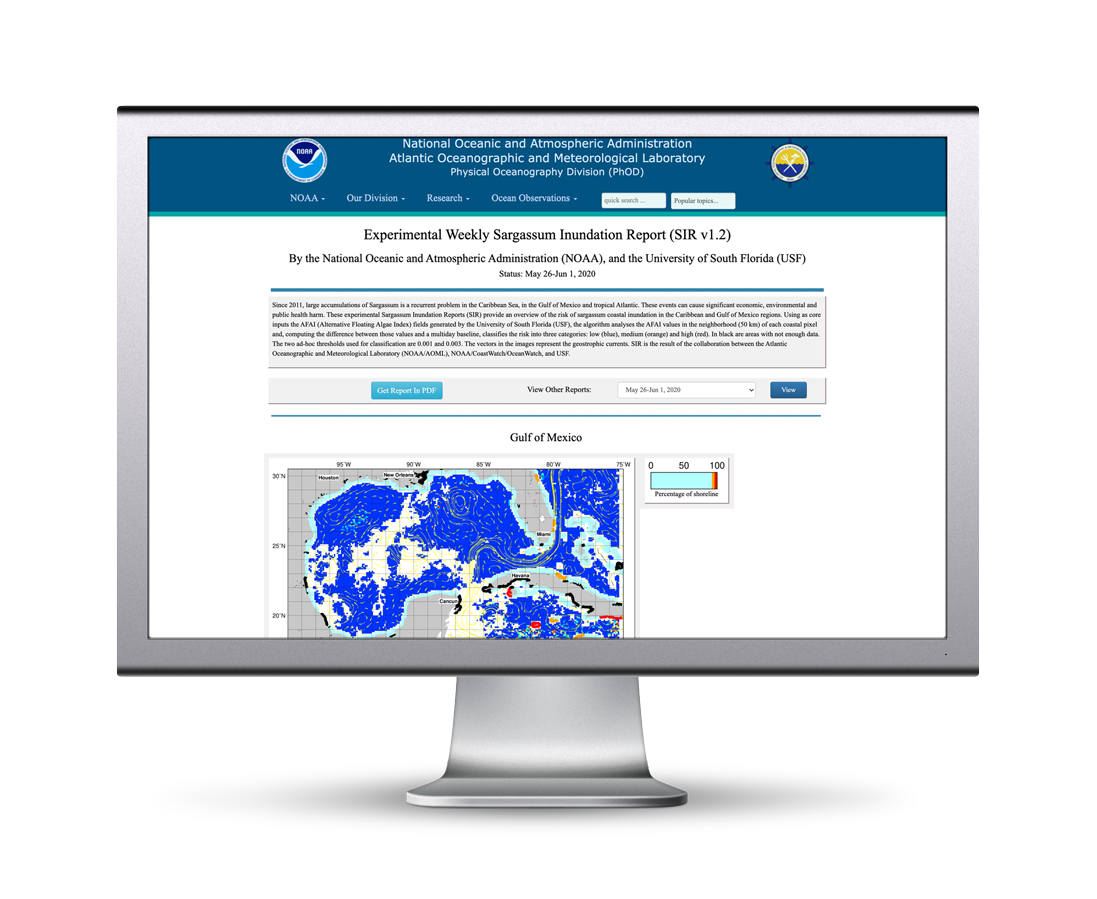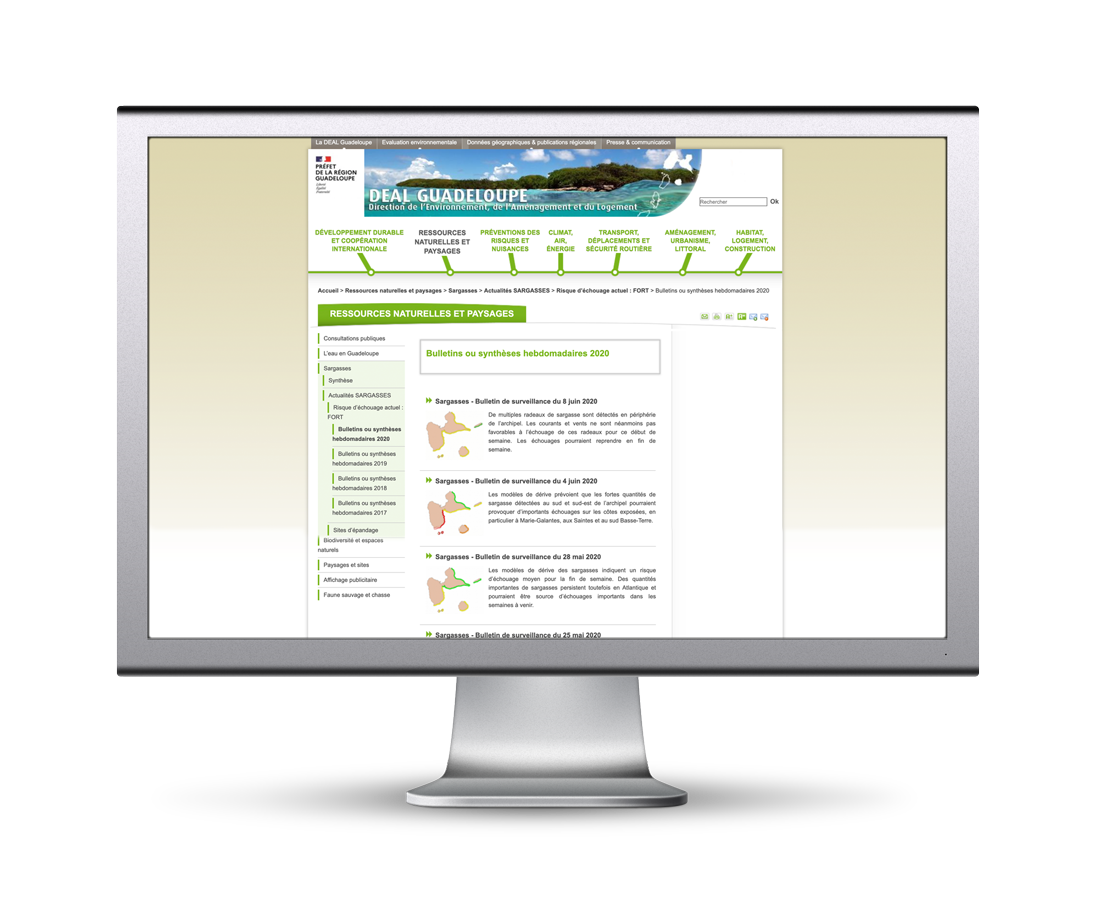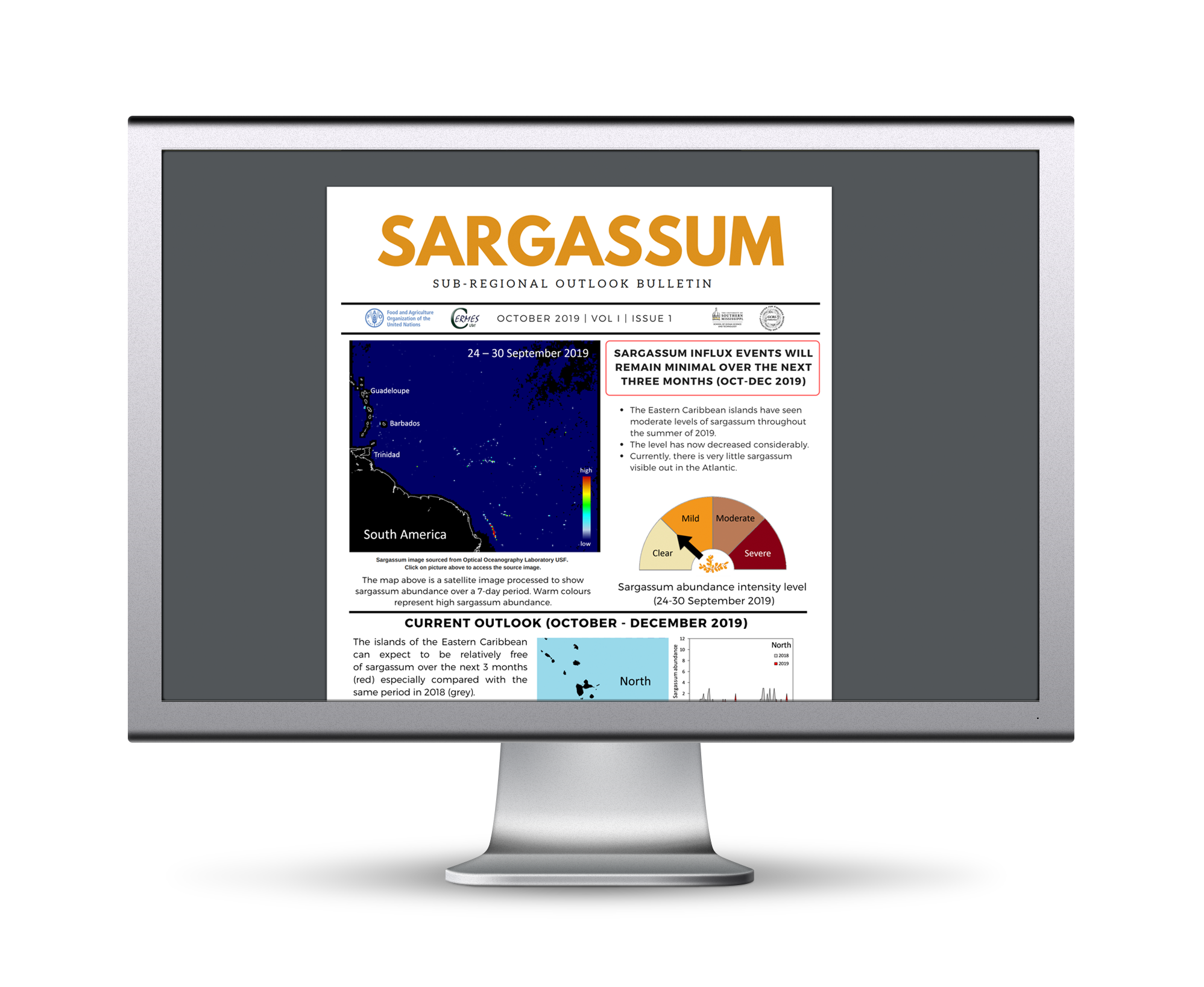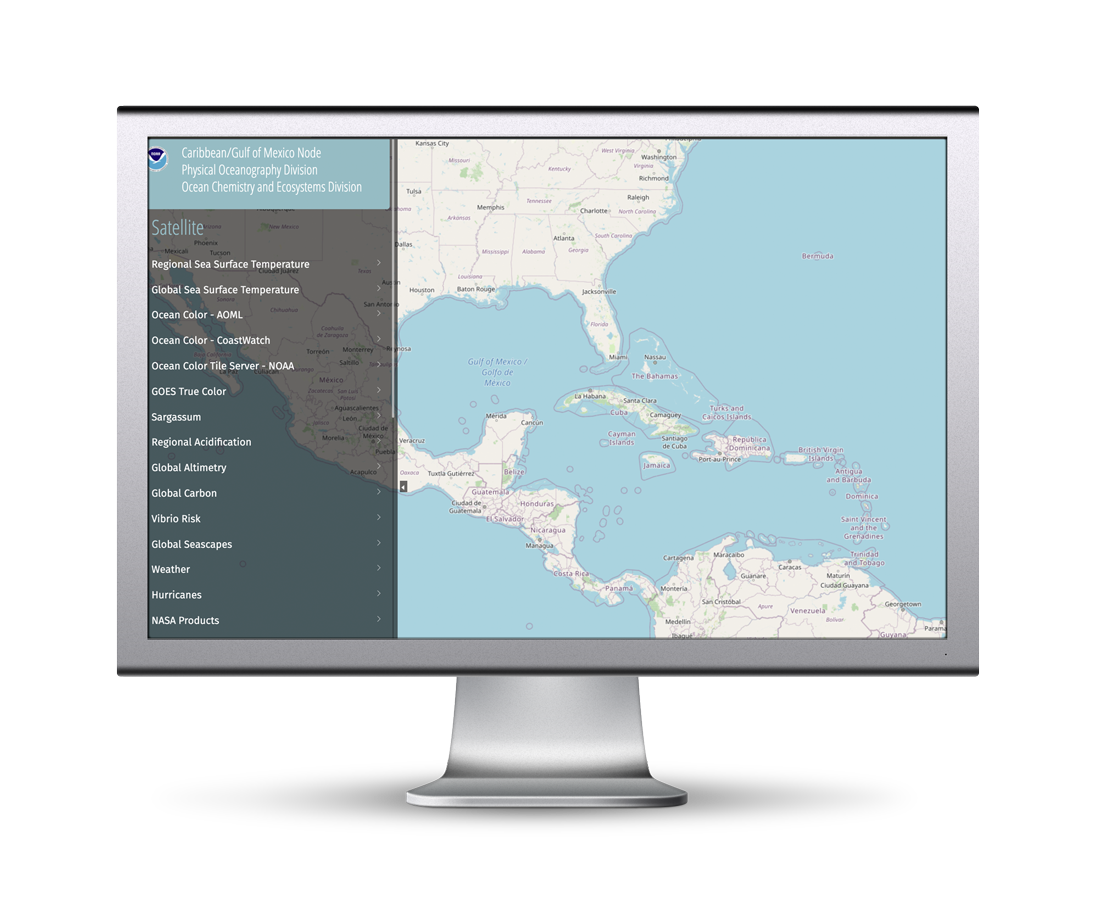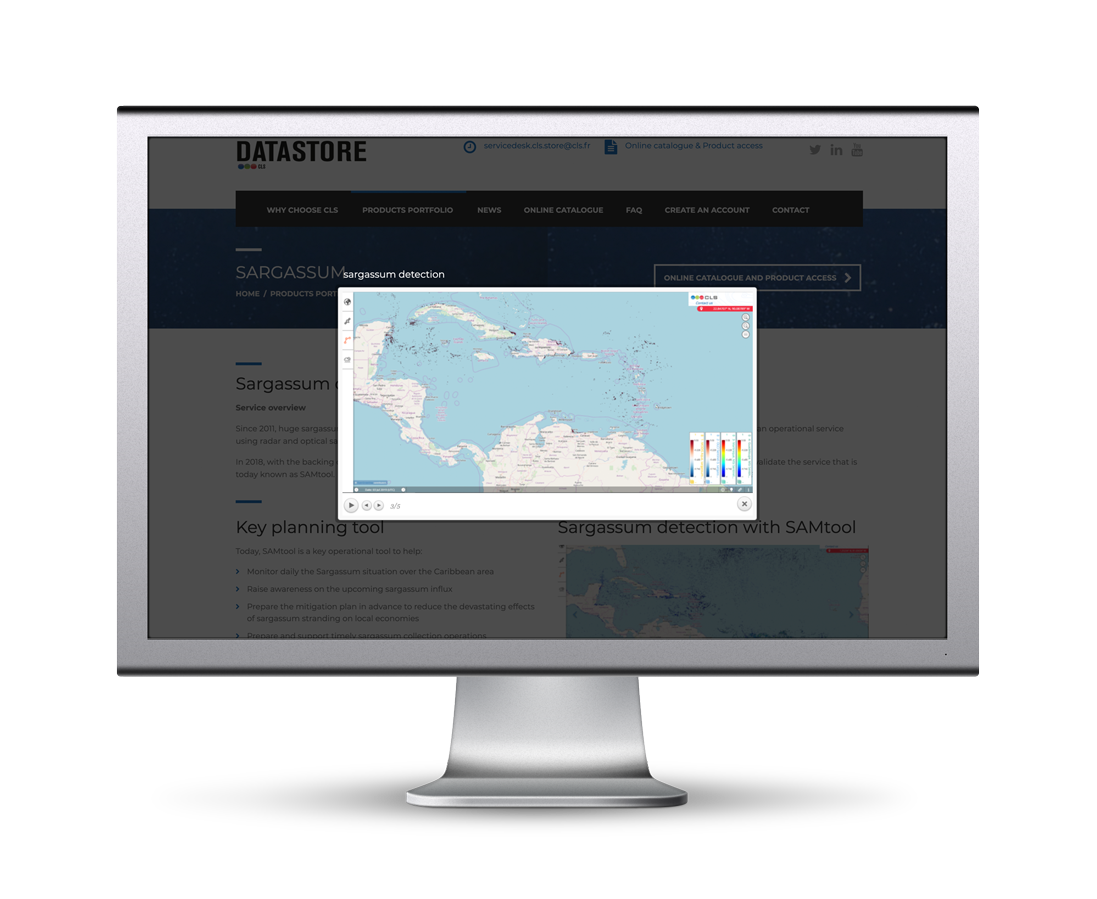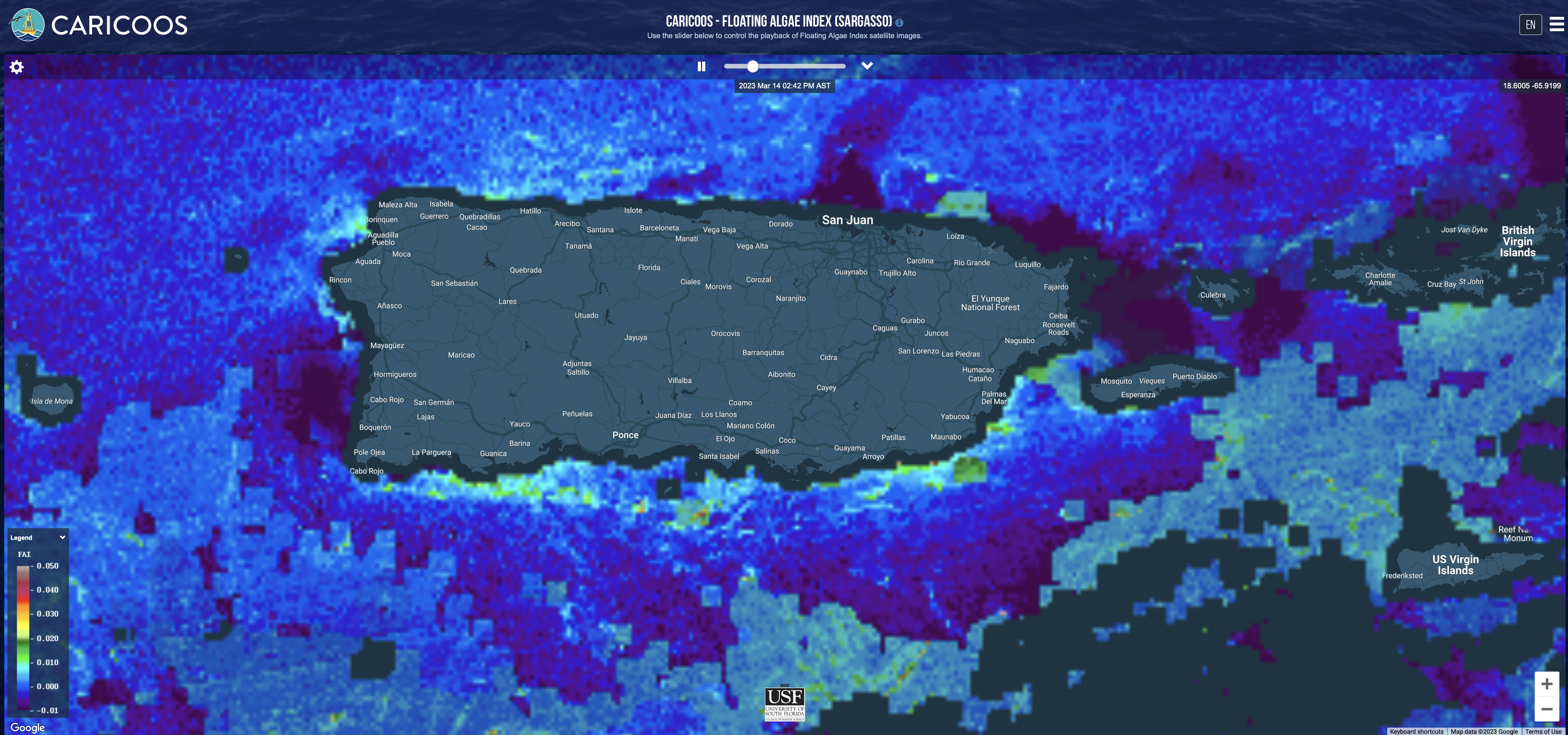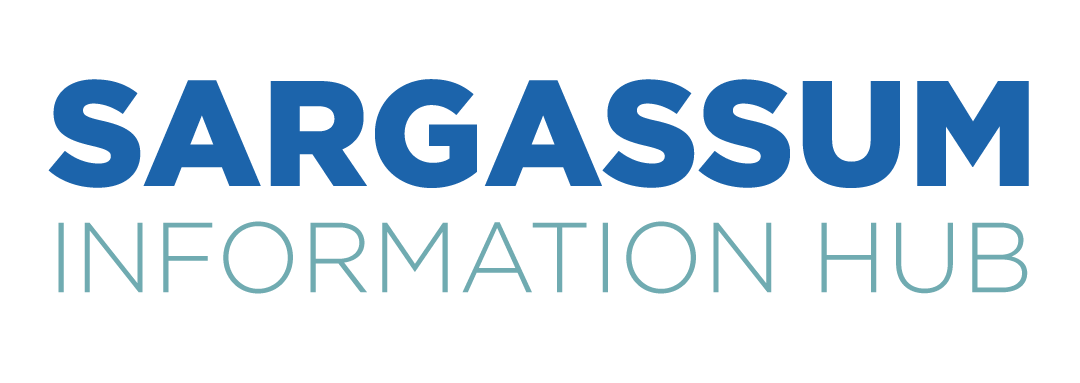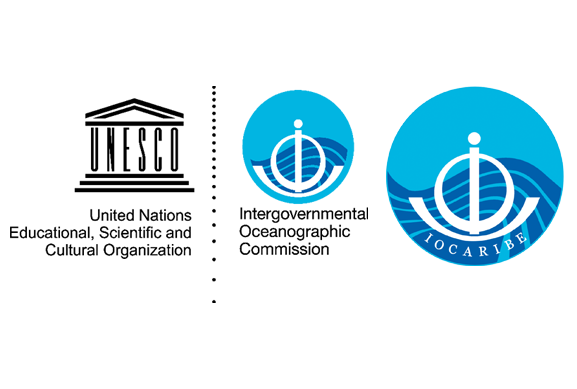Download and submit data
PELAGIC SARGASSUM REPORT
Collecting and openly sharing Sargassum Observations in the Tropical Atlantic
This survey is an effort to collect in-situ Sargassum observations to collocate with satellite and model data. Since 2011, large influxes of sargassum are affecting the Caribbean and Gulf of Mexico, representing a materialized risk for the environment, society, and economy of these regions. There are continuous reports linking massive arrivals of Sargassum to beach inundation, coral reef degradation, tourism industry disruption, coastal erosion, and sea turtle nesting, among other multiple (and mostly negative) impacts.
The purpose of this survey is to gather information about Sargassum observations in the Gulf of Mexico and Caribbean Sea regions. The core objective of this effort is to create a publicly available database that could be used to validate satellite and forecast products. This dataset is stored and managed by the CoastWatch Caribbean and Gulf of Mexico regional node at the Atlantic Oceanographic and Meteorological Laboratory (NOAA/AOML).
The goal of the “Sargassum Watch” citizen science project is to monitor the influxes of pelagic Sargassum on local coastal areas in Florida and the Caribbean. We use collaborative target groups and the app “Epicollect5” to collect observational data of both the site and Sargassum species present before being uploaded onto the database. Data uploaded is available for use as long as the data source is properly acknowledged. If you use our data from Epicollect5, please send an email to Ph.D Candidate Lowell (lipor001″at”fiu.edu) at the Marine Macroalgae Lab, within the Florida International University and mention both the Epicollect5 App and the “Sargassum Watch” Citizen Science project.
